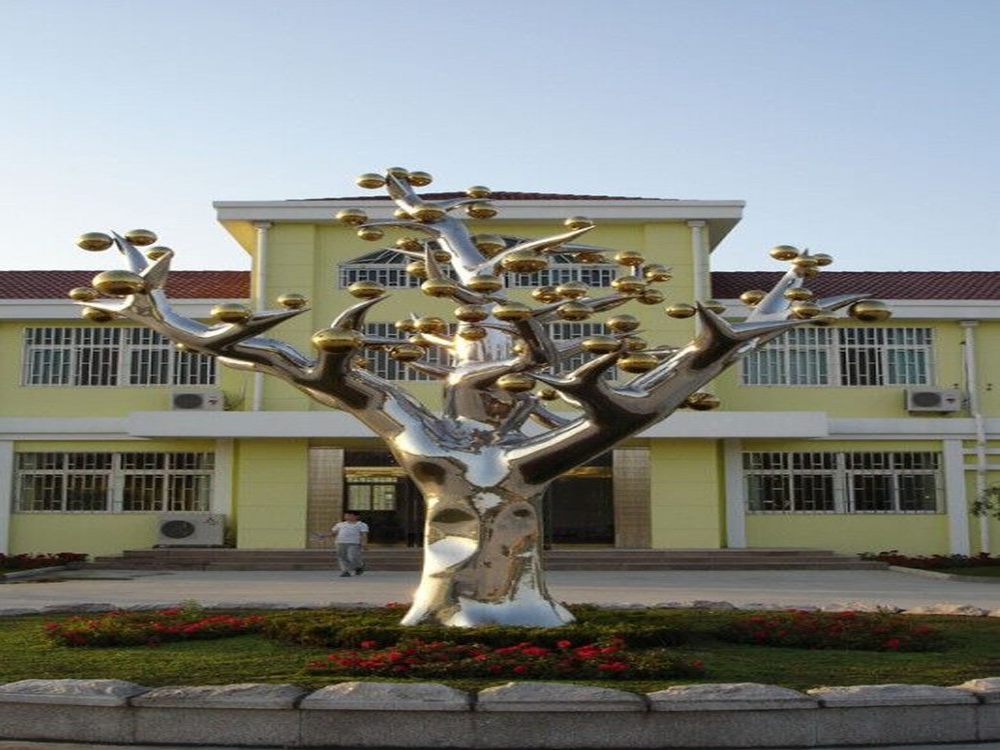
Over the past five decades, bronze sculpture techniques have undergone remarkable transformations, blending traditional craftsmanship with cutting-edge technology. One of the most groundbreaking advancements is the integration of 3D printing into bronze casting. Artists now use digital modeling to create intricate designs, which are then 3D printed in wax or resin before being cast in bronze using the lost-wax method. This fusion of technology and artistry has expanded creative possibilities, allowing for unprecedented precision and complexity.
Another major innovation is the refinement of the lost-wax casting process itself. Modern foundries employ advanced materials and techniques to reduce defects and improve detail retention. Ceramic shell molding, for instance, has replaced traditional investment methods in many studios, offering lighter, more durable molds that capture finer textures.
Environmental sustainability has also influenced bronze sculpture techniques. Many artists and foundries now use recycled bronze and eco-friendly patinas, reducing the ecological footprint of their work. Additionally, new patination methods have emerged, enabling a broader spectrum of colors and finishes that were previously unattainable.
Lastly, contemporary artists are pushing boundaries by combining bronze with other materials like glass, stone, or even digital elements, creating hybrid sculptures that challenge traditional definitions of the medium. These advancements highlight how bronze sculpture remains a dynamic and evolving art form, bridging the past and future.

